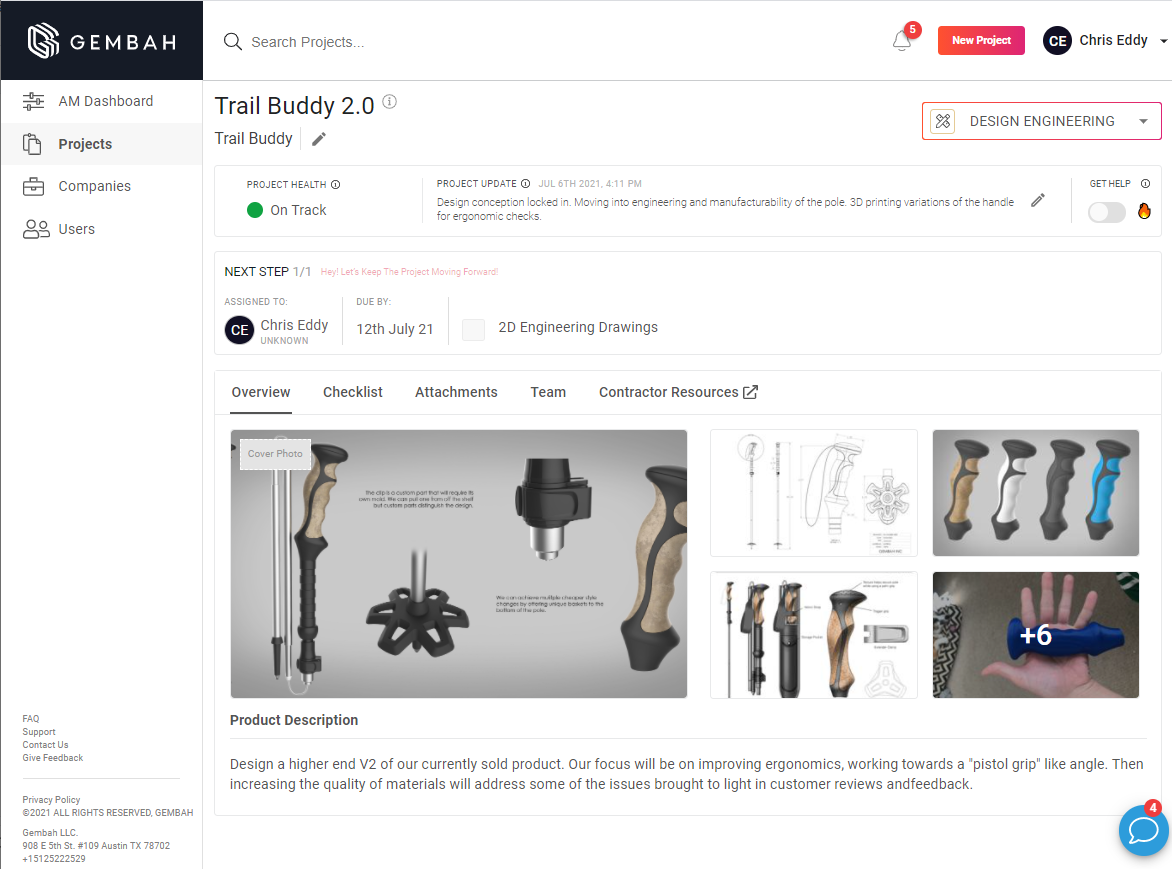To get a roundup of TechCrunch’s biggest and most important stories delivered to your inbox every day at 3 p.m. PDT, subscribe here.
Hello and welcome to Daily Crunch for July 12, 2021. You likely spent yesterday watching a football game, watching a space plane or both. We have a little bit more on the latter than the former today in the newsletter, but we can all agree with this regardless of whether you were waving an English or Italian flag yesterday. — Alex
The TechCrunch Top 3
- Flipkart now worth $37.6B: An anticipated investment into Flipkart has come to be, with the Indian e-commerce player raising some $3.6 billion in a single deal. It’s a massive round and a huge endorsement of the larger Indian startup ecosystem. Now we have just to wait for the company to go public!
- Virgin Galactic goes to space (mostly): Quite a few folks tuned into the Virgin Galactic rocket-plane space dalliance this weekend. The production had a few hiccoughs and more than a few self-indulgent moments that could have been edited out, but largely went off without a hitch. The recently SPAC’d former startup quickly decided to raise a half-billion dollars after its success. Unlike its space tourism vehicle, however, shares of Virgin Galactic did not take off on the news.
- Let the billionaires fight: Your humble servant dove into the controversy surrounding the current contest between various billionaires building space companies and fighting to be the first to various space feats. Tax the rich, I think, but let them fight it out in the meantime.
Startups/VC
We have our regular list of funding rounds in a moment, but today we’re kicking off our startup coverage with this headline from earlier today: “Elevate Brands banks $250M to roll up third-party merchants selling on Amazon’s marketplace.”
The headline should feel somewhat familiar as we’ve seen comparable bits of news from other groups. As our own Ingrid Lunden reports, we’ve seen similar deals from Thrasio, The Razor Group, Branded, SellerX, Perch and others. The idea of buying up smaller Amazon retailers is such a potentially lucrative wager that kajillions of dollars are flooding the zone. How many winners that we will see is the next question.
Now, back to our regularly scheduled programming:
- Gembah wants to make product creation easier: The Austin-based startup now has $11 million to follow its vision. How does it go about meeting its mission? By building a platform/marketplace that helps guide users through the work of product creation. Did we need more stuff? Probably. Gembah wants to help.
- India’s next tech IPO: This time it’s MobiKwik, a mobile wallet startup that is targeting a $255 million IPO. We have some of its financials, including that revenue in its most recent fiscal year dipped to $40.5 million. So, it’s a smaller company, but we do love seeing IPOs regardless of their scale.
To close out startup coverage today, fake toys. If you’ve been on Twitter today there’s a good chance that you’ve seen folks posting pictures of toys that look like failed tech products. Think Theranos’ unit or the Juicero machine.
TechCrunch Grand Duke Matthew Panzarino wrote that an “idea factory/art house” called MSCHF is making the “hardness of hardware” more real by selling Dead Startup Toys made of vinyl.
Don’t laugh. This is actually somewhat neat. Think of this: Don’t you want a fake, small Juicero on your desk to throw at the wall here and there when you get mad? I do.
The most important API metric is time to first call
Publishing an API isn’t enough for any startup: Once it’s released, the hard work of cultivating a developer base begins.
Postman’s head of Developer Relations, Joyce Lin, wrote a guest post for Extra Crunch based on the findings of a study aimed at increasing adoption of APIs that utilize a public workspace.
Lin found that the most important metric for a public API is time to first call (TTFC). It makes sense — faster TTFC allows developers to begin using new tools quickly. As a result, “legitimately streamlining TTFC results in a larger market potential of better-educated users for the later stages of your developer journey,” writes Lin.
This post isn’t just for the developers in our audience: TTFC is a metric that product and growth teams should also keep top of mind, they suggest.
“Even if your market is defined as a limited subset of the developer community, any enhancements you make to TTFC equate to a larger available market.”
(Extra Crunch is our membership program, which helps founders and startup teams get ahead. You can sign up here.)
Big Tech Inc.
There was a lot going on with the larger tech companies of the world today, so let’s dive right in:
- A modest improvement to Android: If you are running Android 12, you will be able to start playing games a bit faster in the future. Google just announced a feature that will allow users to launch new games before they are fully downloaded. This has been accessible for some PC games for a while, but it’s nice to see on the mobile platform. That said, we’re really at the end of the innovation cycle for the current era of smartphones.
- Microsoft buys more cybersecurity: Microsoft confirmed earlier reports that it was looking to buy RiskIQ. The price was not disclosed, but Bloomberg previously reported that it would be more than $500 million in cash. On the podcast this morning, we noted that that wasn’t a huge price for Microsoft, though the larger company has a huge vested interest in more folks being more secure.
- Elon defends the SolarCity deal: Today’s MuskWatch is all about a deal from the past. Namely the Tesla-SolarCity deal that was worth $2.6 billion. Some shareholders call the deal a bailout. Musk blamed various factors for what could be called underperformance at his car company’s solar division.
- WhatsApp takes flak in Europe: Facebook’s ability to annoy regulators is a global affair, with the company being accused of “multiple breaches of European Union consumer protection law as a result of its attempts to force WhatsApp users to accept controversial changes to the messaging platforms’ terms of use,” TechCrunch reports.
TechCrunch Experts: Growth Marketing

Image Credits: SEAN GLADWELL (opens in a new window) / Getty Images
We’re reaching out to startup founders to tell us who they turn to when they want the most up-to-date growth marketing practices. Fill out the survey here.
Read one of the recommendations we’ve received below!
Marketer: Maya Moufarek, Marketing Cube
Recommender: Nikki O’Farrell, www.KatKin.club
Recommendation: “Expert ear and eye from the world of startups/scaleups and growth. Her functional and direct approach allows you to execute at speed and see results quickly.”







 Kim Ruxton
Kim Ruxton 
